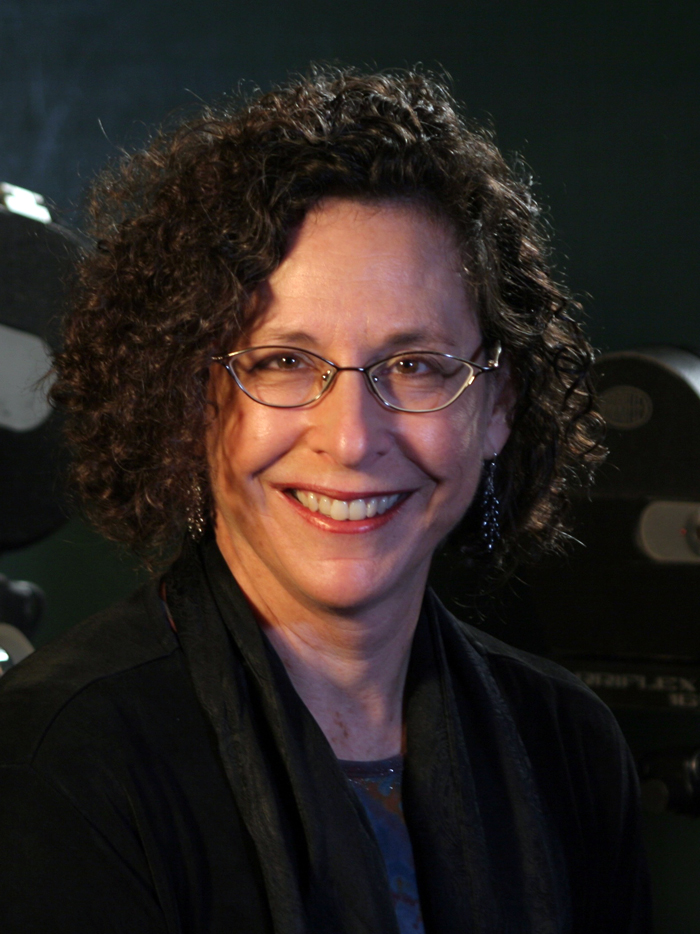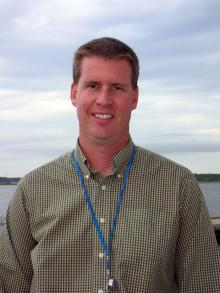
Critical Issues in America Series Continues Multidisciplinary Look at Climate Change and Sea Level Rise

A picture may be worth a thousand words, but what might it be communicating? That's the idea behind an upcoming symposium at UC Santa Barbara that examines new ways of showing the effects of climate change and sea level rise on coastal areas around the world.
"Interactive Visioning: Exploring Media Tools for Conducting, Projecting, and Communicating Sea Level Rise Research," which will take place on Friday, February 1, is part of UCSB's yearlong Critical Issues in America series. The conference begins at 1 p.m. in 1414 Bren Hall. It is free and open to the public.
The keynote speakers are Michael Lemonick, senior science writer at Climate Central, and Doug Marcy, a coastal hazards specialist with the National Oceanic and Atmospheric Administration (NOAA) Coastal Services Center in South Carolina. Lemonick's talk is titled "Communicating the Science and Threat of Sea Level Rise." He will discuss the role of journalists bridging that gap between the scientists who study sea level rise and the policymakers whose responsibility it is to take action to prevent related disasters.
Marcy will speak on "Visualizing Sea Level Rise and Coastal Flooding Impacts." He will discuss the importance of interactive maps in visualizing the potential impact of rising sea levels on coastal communities. He will examine the critical elements necessary to accurately portray coastal inundation, show a Web-based visualization tool that can illustrate a variety of scenarios, and discuss how the tool has been invaluable in establishing planning processes and strategies for coastal communities in the United States.
"Visualizations can be very helpful when trying to make sense of large, cumbersome data sets, as well as in analyzing trends and seeing the geographic extent of inundation events," said Marcy. "In the last five years, all levels of government have begun to undertake what might seem like a monumental task in developing strategies for adapting to climate change and sea level rise. In many cases, the basis for foundation adaptation planning is an assessment of what is at risk to climate change impacts such as sea level rise. This usually involved mapping different sea level rise scenarios and overlaying socio-economic data from the U.S. Census or local parcel databases to determine consequences."
Marcy's visualization tools have maps as their central focus. "Maps communicate information about location, physical characteristics, relationships, and patterns," he said. "For example, a map showing areas that frequently flood is informative, but when neighborhoods and roads are added, it becomes more apparent how flooding could impact the community."
According to Janet Walker, professor of film and media studies at UCSB and co-convener of the campus's Environmental Media Initiative Research Group, the symposium is timely for two reasons. "First, the situation is dire," she said. "The effects are already being experienced. Sea levels are rising, and people are being forced to leave their communities. Second, President Obama brought the issue of climate change to the fore in his inaugural address. The issue has been placed on the national agenda."
Also part of the symposium will be a panel discussion on interactive visioning tools –– video documenting, remote sensing, computer modeling, and GIS mapping –– and what it means when users can see the potential impact of sea level rise on their own areas. Panel participants include James Frew, a faculty member at UCSB's Bren School of Environmental Science & Management; Bruce Caron, executive director of New Media Studio in Santa Barbara; Lisa Jevbratt and Marko Peljhan, faculty members in the UCSB art department; and Jeremy Weiss, a senior research specialist in the geosciences department at the University of Arizona.
The series focuses on how media and the environment work together –– how they influence, structure, and inhabit each other –– to conduct and communicate about research on sea level rise, Walker noted. "The problem is so wide-ranging, so conceptually complex, and so urgent, that we need to take a multidisciplinary approach. We're looking at research and enlightenment, and how to implement change."
Other events in the series include a workshop on March 1, titled "How's Your Water Relationship?" featuring Los Angeles artists Sara Daleiden and Therese Kelly, who will engage faculty and staff members and students in site-specific poetic exploration of water and campus life. In addition, a screening of the film "Chasing Ice" will take place at 7 p.m. on Tuesday, March 5, in the Pollock Theater. A discussion with Jeffrey Dozier, a faculty member in the Bren School and an expert on snow hydrology, will follow.
An endowed program in the College of Letters and Science at UCSB since 1995, the Critical Issues in America series examines relevant social topics from a multidisciplinary perspective.
More information about "Figuring Sea Level Rise," including a complete schedule of events, is available at http://www.criticalissues.ucsb.edu. Questions can be directed to LeeAnne French at lfrench@carseywolf.ucsb.edu or (805) 893-4585.
Related Links



